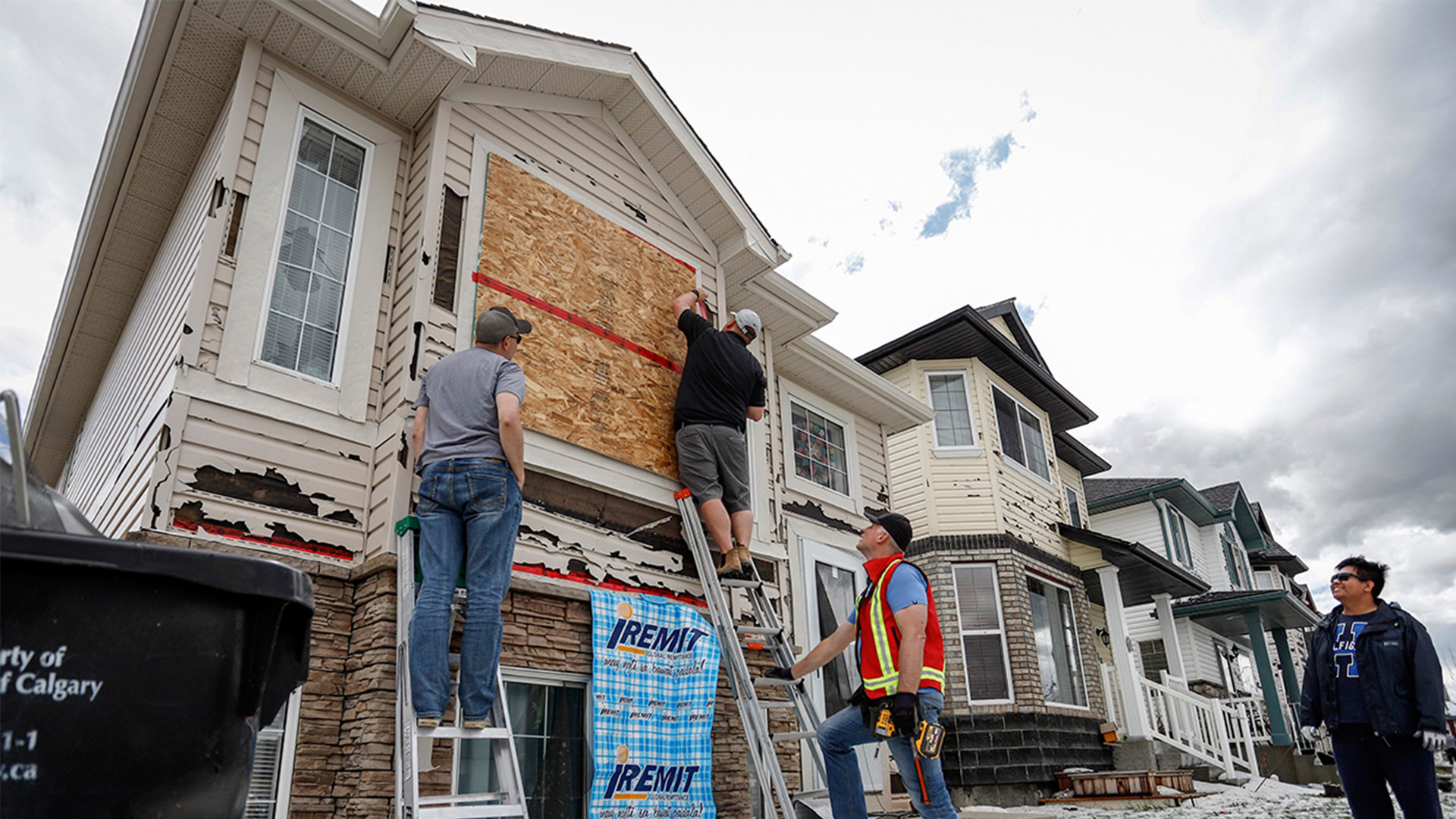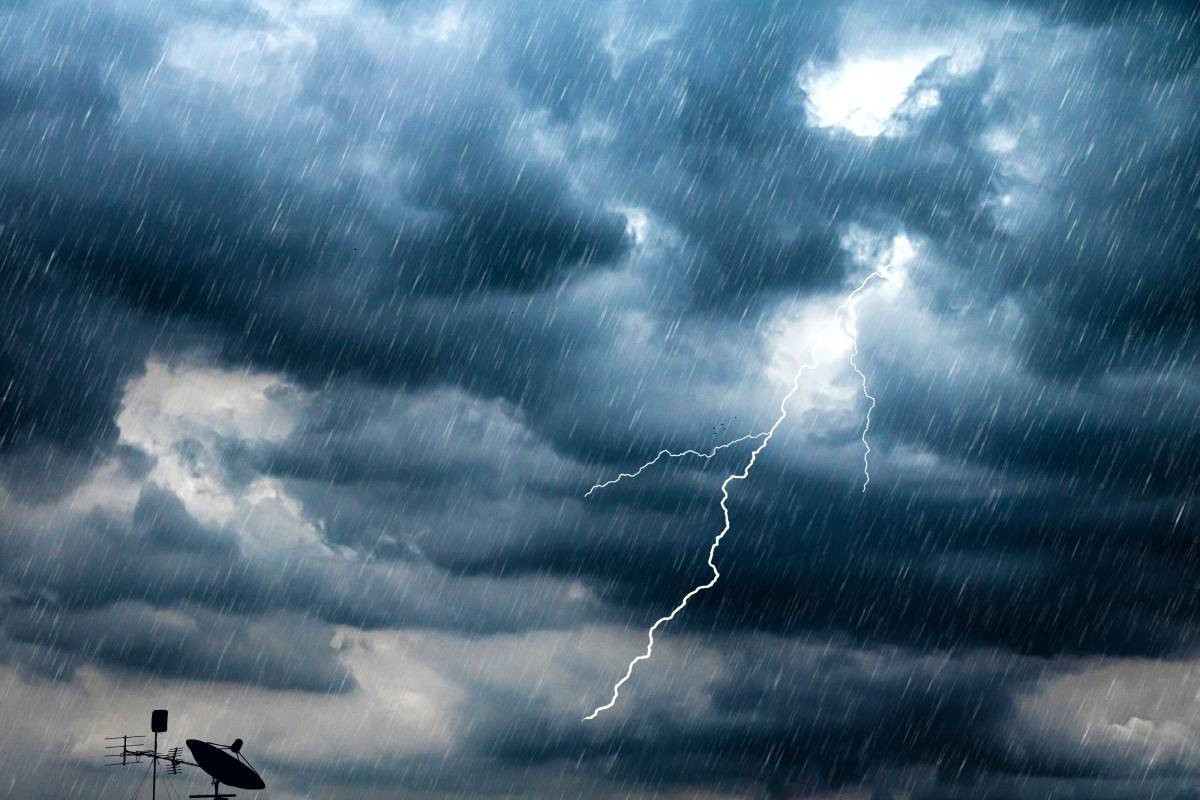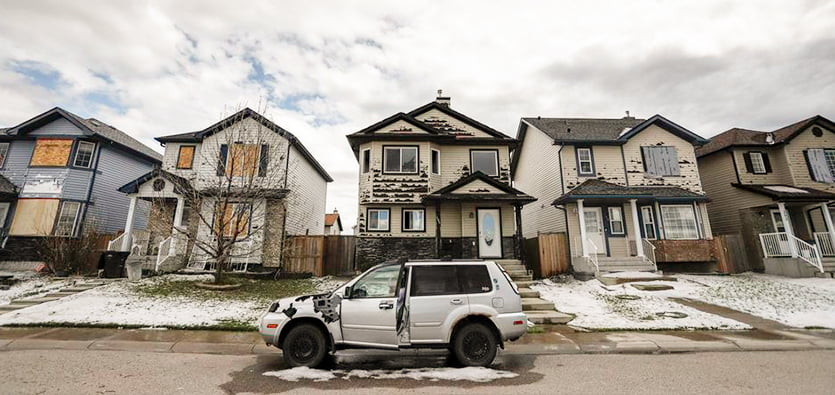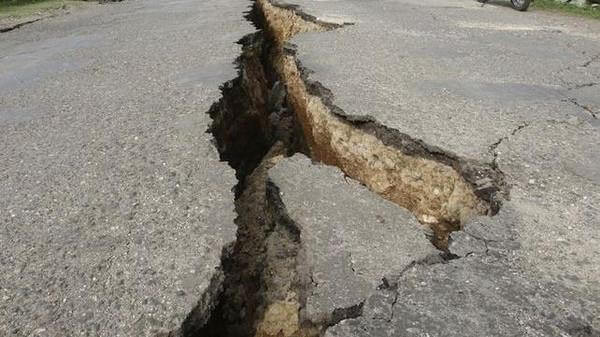The supercell storms that pummelled communities in north Calgary on Aug. 5 set a new record for insured losses caused by hail, generating 130,000 claims totalling nearly $2.8 billion, according to the Insurance Bureau of Canada (IBC). This event now ranks as the second-costliest insurance event in Canada's history, following the 2016 Fort McMurray wildfire.
The Aug. 5 storm marks the second-costliest insurance event in Canada’s history, following the 2016 Fort McMurray wildfire. This recent hailstorm caused more than double the insurable damages claimed after a similar storm in June 2020, which was at the time the costliest hailstorm in Canada’s history.
The IBC said the insured losses include damage from shredded siding, smashed windows, battered rooftops and dented vehicles across north Calgary. The losses are based on initial estimates from Catastrophe Indices and Quantification Inc. One in five Calgary households suffered damage, the IBC said, exacerbated by strong wind gusts that increased the velocity of the hailstones.
In addition to the thousands of houses and vehicles that were caught in the storm’s wake, the Calgary International Airport experienced considerable damage. Hail penetrated the airport’s roof membrane, causing rainwater to pour down onto the floor of the concourse. Airport officials said in late August that it would take at least 18 months to repair the hail damage in Concourse B.
Seventeen of WestJet’s aircraft – about 10 per cent of the Calgary-based airline’s fleet – were also damaged by the hail. On Wednesday, a company spokesperson told Postmedia that 10 of the 17 planes have been repaired and returned to service.
“WestJet will continue issuing proactive cancellations for the foreseeable future as our dedicated Tech Ops teams continue to work diligently to return the remaining seven damaged aircraft to service,” WestJet stated.
And following yet another record-setting summer for insured losses resulting from severe weather, the IBC warns these losses will place additional pressure on insurance premiums moving forward. There have been 228,000 insurance claims related to four major catastrophic weather events in Canada this summer, the bureau said.
Aaron Sutherland, IBC’s vice-president for Western and Pacific regions, said catastrophic weather hit Alberta particularly hard this year, calling the recent hailstorm’s impact on Calgary residents “unprecedented.”
“Alberta’s insurers have been on the ground assisting customers with needed repairs and financial support, and working to process over 130,000 claims from the hailstorm,” he said. “Rebuilding will take time and our industry will continue to be there to support impacted communities every step of the way.”
Alberta has experienced five of the top 10 costliest disasters in Canadian history, according to the IBC — all of which have occurred since 2016. The Aug. 5 incident was the latest in a series of particularly devastating hailstorms in Calgary in the last few years, including a 2020 hailstorm that generated $1.2 billion in insured damages and a 2021 storm that produced $700 million in insurance claims.
The severity of the recent storm means the IBC is pushing for governments to reinvest in programs that make homes more hail-resilient, such as Calgary’s former Resilient Roofing Rebate Program, which provided $3,000 rebates to Calgary households to reinforce their rooftops. However, that $3.25-million program was discontinued after it was over-subscribed.
“Insurers paid out more in claims for this one hail event than the federal government has invested on climate adaptation over the past decade,” said Craig Stewart, the IBC’s vice-president of climate change and federal issues, who added the “surging frequency and severity” of floods, wildfires, hail and windstorms represent an escalating threat to lives and property across Canada.
Eng said the storm’s fallout demonstrates how vulnerable Calgary is to severe hail damage and highlights the need for more widespread mitigation measures to better adapt to the phenomenon.
“This won’t be last time Calgary gets hit by a major hailstorm,” he said. “If we want to prevent or at least reduce this type of damage, we’re going to have to change the way we’re doing things.”
Impact on Insurance Premiums
The record-breaking summer for natural disasters, including the Calgary hailstorm, has brought a wave of insurance claims across Canada. The sheer volume of claims, combined with skilled labour shortages and supply chain disruptions, means that the claims process will take time, adding further strain on the insurance industry.
The IBC acknowledges that the surge in claims will inevitably lead to increased pressure on insurance premiums moving forward. As the cost of these natural disasters mounts, insurers will have to adjust their pricing to reflect the increased risk, which could result in higher premiums for homeowners, businesses, and vehicle owners.
Looking Ahead: Climate Change and Mitigation
The escalating frequency and severity of weather-related disasters underscore the urgent need for robust climate change adaptation measures. As climate change continues to impact weather patterns, events like the Calgary hailstorm are likely to become more frequent and intense.
The IBC is calling on governments to prioritize investment in programs that enhance community resilience to extreme weather events. This includes measures such as improved building codes to incorporate hail-resistant features, stronger infrastructure, and increased investment in climate adaptation strategies.
Eng, the research meteorologist from Western University, emphasized the importance of proactive measures to mitigate the impact of future hailstorms in Calgary. He suggests implementing hail-resistant roofing and siding, improving storm forecasting and warning systems, and promoting community education and preparedness initiatives.
The lessons learned from the Calgary hailstorm serve as a wake-up call for communities across Canada. Investing in adaptation measures now will not only help to minimize future financial losses but also protect the safety and well-being of Canadians.
A Costly Reminder: The Price of Inaction
The impact of the Calgary hailstorm is not only a financial burden but a stark reminder of the escalating consequences of climate change. The price of inaction is high, and the cost of adapting to these changing realities is only going to increase. Governments must act now to implement robust climate change mitigation strategies, both for the sake of our financial stability and the well-being of Canadians.
While the immediate focus is on supporting those affected by the hailstorm, the long-term response must address the root causes of these events and prepare for the future. This includes a combination of proactive measures, including investing in research and development of climate adaptation technologies, implementing stricter building codes, and fostering collaboration between governments, insurers, and communities. The future of Canada’s resilience hinges on our collective response to the challenges posed by a changing climate.



















